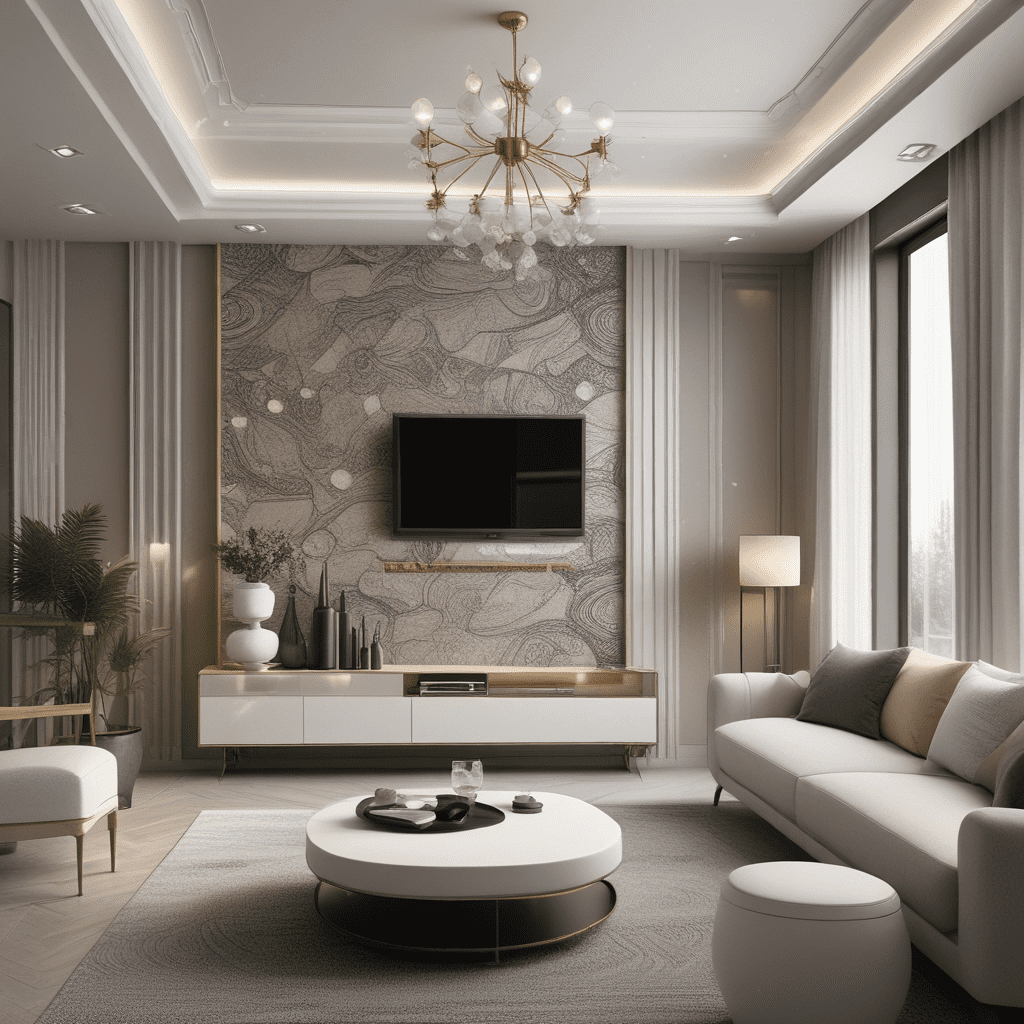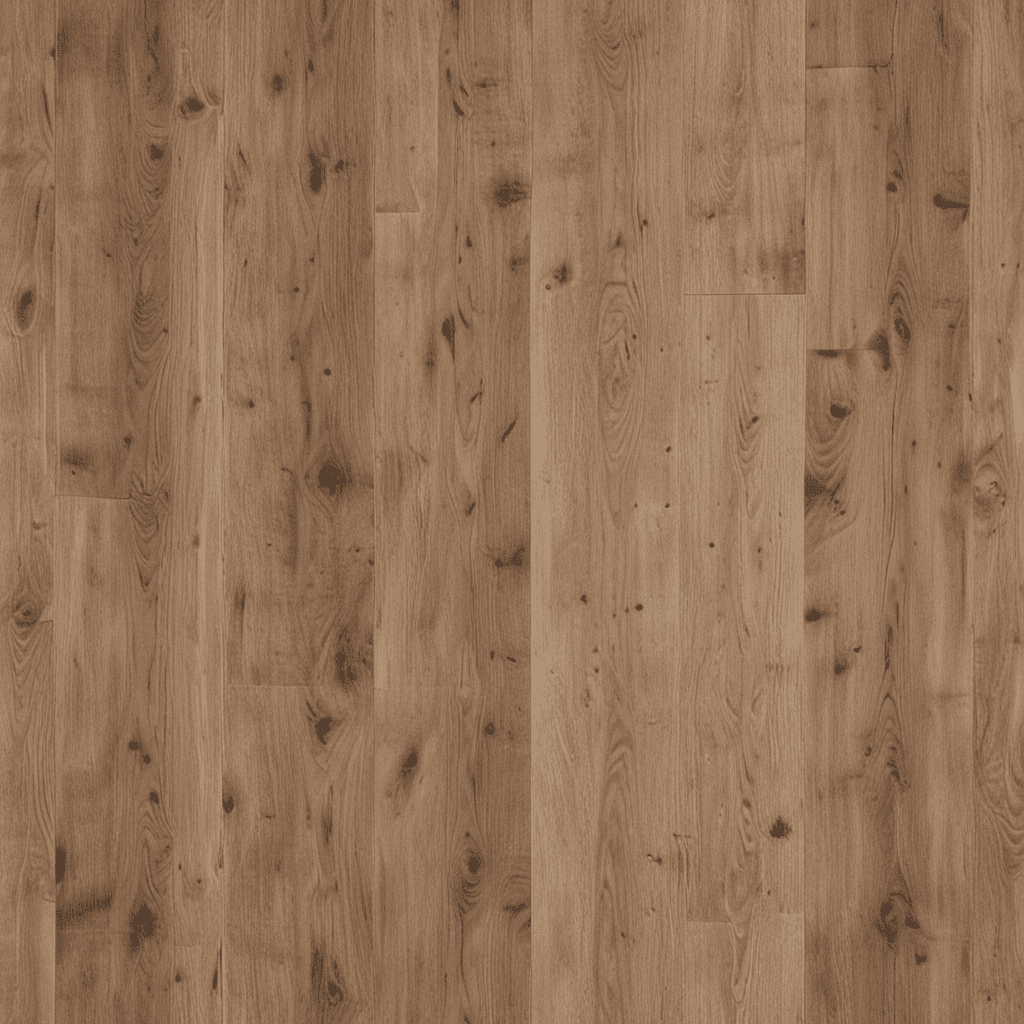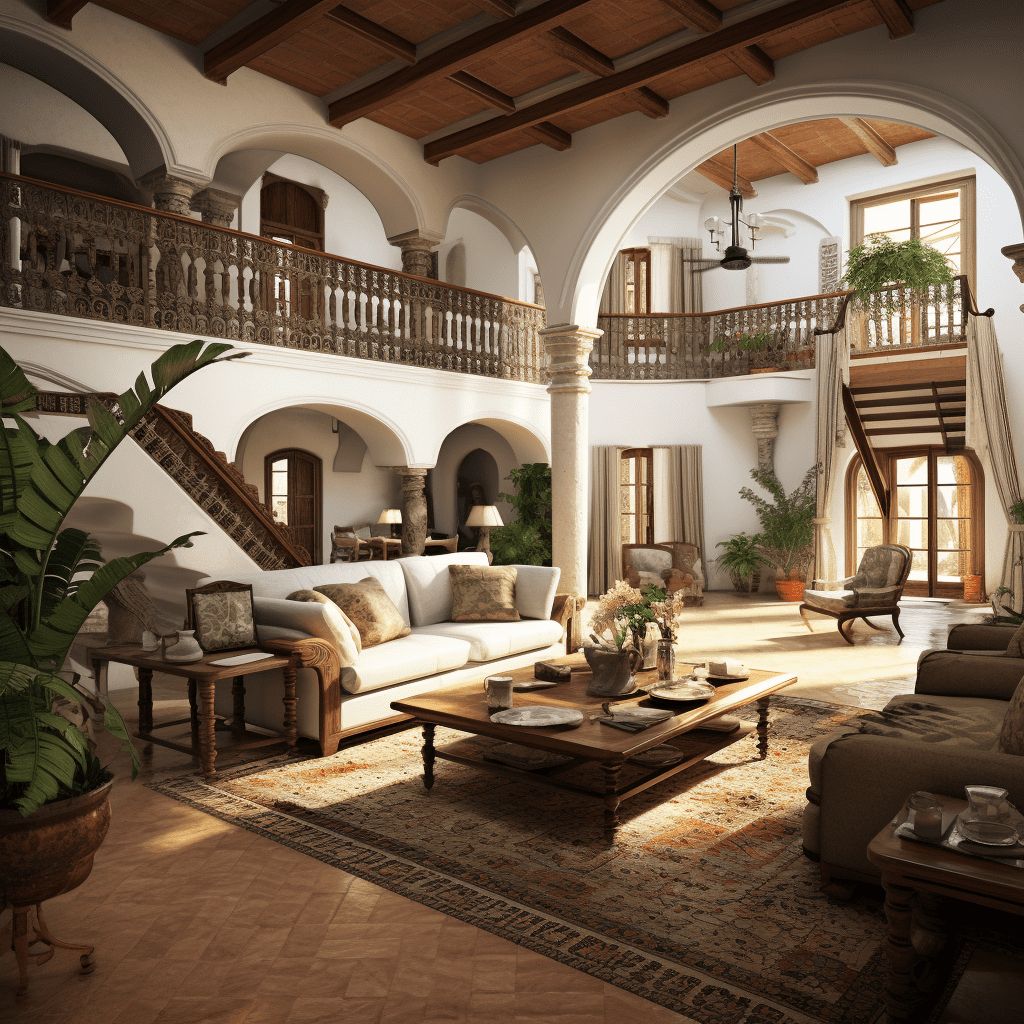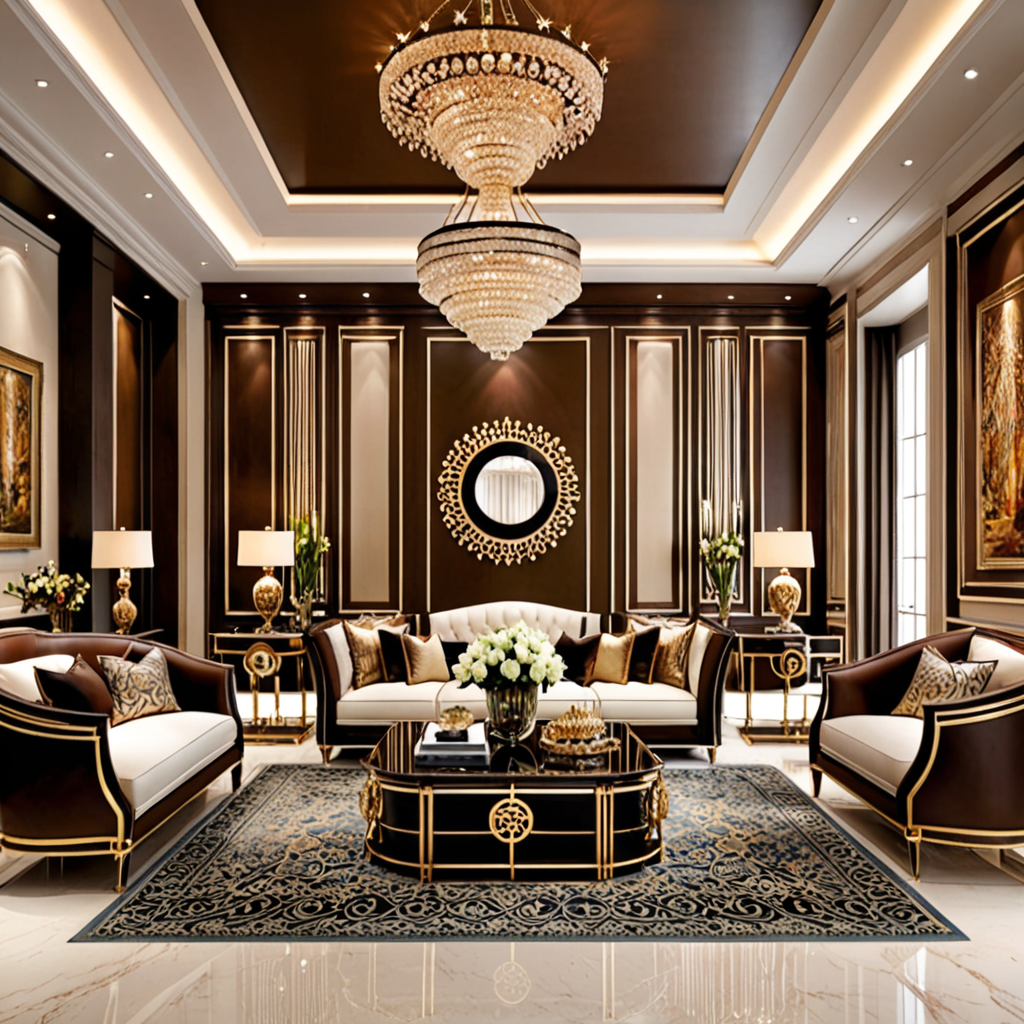How to Create Beautiful Architectural Detailing
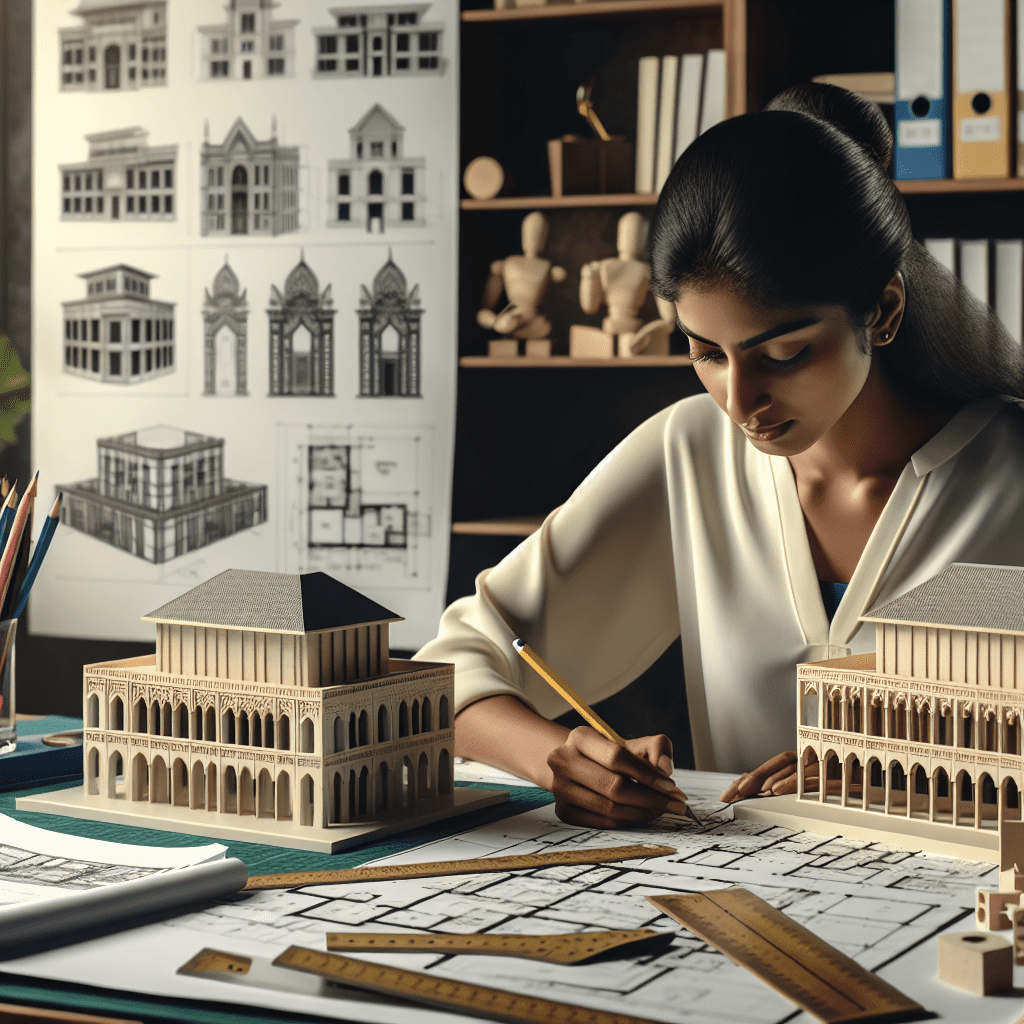

How to Create Beautiful Architectural Detailing
Introduction
The art of architectural detailing is at the heart of interior design—a craft that turns an empty space into a living narrative of colors, shapes, and textures that reflect individuality and style. The perfect blend of form and function, architectural detailing is not merely about embellishing a room; it’s about creating cohesive harmony within a space, influencing how we feel, think, and live within our own walls. As we delve into the architectural elements that sculpt our environment, let’s explore how thoughtful design can elevate your home from ordinary to extraordinary.
Key Elements of Architectural Detailing
Interior design is a symphony of elements that work together to create a space that is both functional and artistically appealing. Here are some fundamental components to consider when contemplating architectural detailing in your home.
- Element 1: Color Palette
The colors chosen for a space can dramatically affect the ambiance. Soft, muted tones can create a serene atmosphere, while bold, bright colors might add vibrancy and energy. The palette should complement the architecture and furnishings, creating a cohesive look. Element 2: Furniture Arrangement
The way furniture is arranged can influence the flow of a room. It’s essential to consider the balance between open space and furnishing. Pieces should be placed in a way that facilitates movement and interaction, supporting the room’s intended use.Element 3: Lighting
Lighting is a transformative element in architectural detailing. It can highlight features, create mood, and even impact the perceived size of a room. A mix of general, task, and accent lighting is crucial for a well-lit, functional, and inviting space.Element 4: Architectural Features
Architectural features like moldings, fireplaces, built-ins, and exposed beams can become focal points that add character and depth. Emphasizing these features can enhance their impact on the overall design.Element 5: Textiles and Fabrics
Textiles and fabrics contribute texture and warmth to a space. Consider how the materials’ touch and appearance will interact with other room elements, from curtains and rugs to sofas and cushions.Element 6: Accessories
Accessories are the finishing touches that tailor a space to the individual. Artwork, decorative objects, plants, and personal mementos make a space feel lived-in and complete.
Tips for Architectural Detailing
In architectural detailing, every piece of furniture plays a role in the grand design scheme. Here’s how to select items that will complement your space:
- Consider Scale and Proportion
- Determine the size of the furniture in relation to the room’s dimensions. A large, overstuffed sofa can overwhelm a small room, while petite furnishings might get lost in a spacious area.
- Stay True to Your Style
- Select pieces that align with your personal aesthetic, whether it’s modern minimalism, traditional elegance, or bohemian chic. Consistency in style ensures a harmonious environment.
- Functionality is Key
- Think about how you’ll use the space. Furniture should not only look good but also serve your practical needs. Modular pieces can be particularly useful in multi-functional areas.
- Mix Textures and Materials
- Combining different textures and materials can add depth to a room. A leather armchair might pair well with a velvet cushion, or a wooden coffee table could complement a metal lamp.
- Play with Color
- Use furniture to introduce color into a room. An accent chair in a vibrant hue can become a statement piece that energizes the space.
FAQ about Architectural Detailing
Question 1: How do I choose the right color palette for my room?
– Answer: Start by considering the mood you want to create. A calming retreat? Opt for cool, soft shades. A lively entertaining area? Go bold with warm, saturated colors. Take into account the room’s natural light, size, and existing elements. Test your colors with swatches or samples to see how they look in different lighting conditions throughout the day.
Question 2: What is the best way to arrange furniture in a small living space?
– Answer: In smaller living areas, focus on maximizing space and function. Choose furniture that can serve multiple purposes, like an ottoman with storage or a sofa bed. Keep pathways clear and consider floating pieces away from walls to create a sense of openness. Vertical storage options can also free up valuable floor space.
Question 3: How important is lighting in interior design?
– Answer: Lighting is crucial as it not only illuminates the space but also helps to define the ambiance and highlight architectural details. A mix of light sources at different heights and intensities can create depth and interest in a room. Task lighting is vital for workspaces, while ambient lighting sets the overall mood, and accent lighting draws attention to art or architectural features.
Question 4: What are some key architectural features I should focus on in my design?
– Answer: Identify the inherent architectural features of your space, such as high ceilings, bay windows, or unique floorings. Emphasize these elements through your design choices. For example, tall curtains can highlight high ceilings, and the right window treatments can showcase a beautiful bay window. Work with these features rather than against them to enhance the character of your home.
Question 5: Can accessories really make a difference in architectural detailing?
– Answer: Absolutely. Accessories are the personal touches that inject your personality into the space. They can tie together the color scheme, introduce new textures, and add visual interest. Be selective with accessories, as too many can clutter a room, while too few may leave it feeling unfinished.
With these insights in mind, architectural detailing transforms spaces into bespoke environments that comfort, inspire, and enrich our daily lives. Keep abreast of emerging interior design trends, such as sustainable materials and smart home technology, to ensure your space is not only beautiful but also in tune with contemporary lifestyles. Whether you’re renovating an old classic or starting with a clean slate, each design decision paves the way for a home that tells your unique story.
